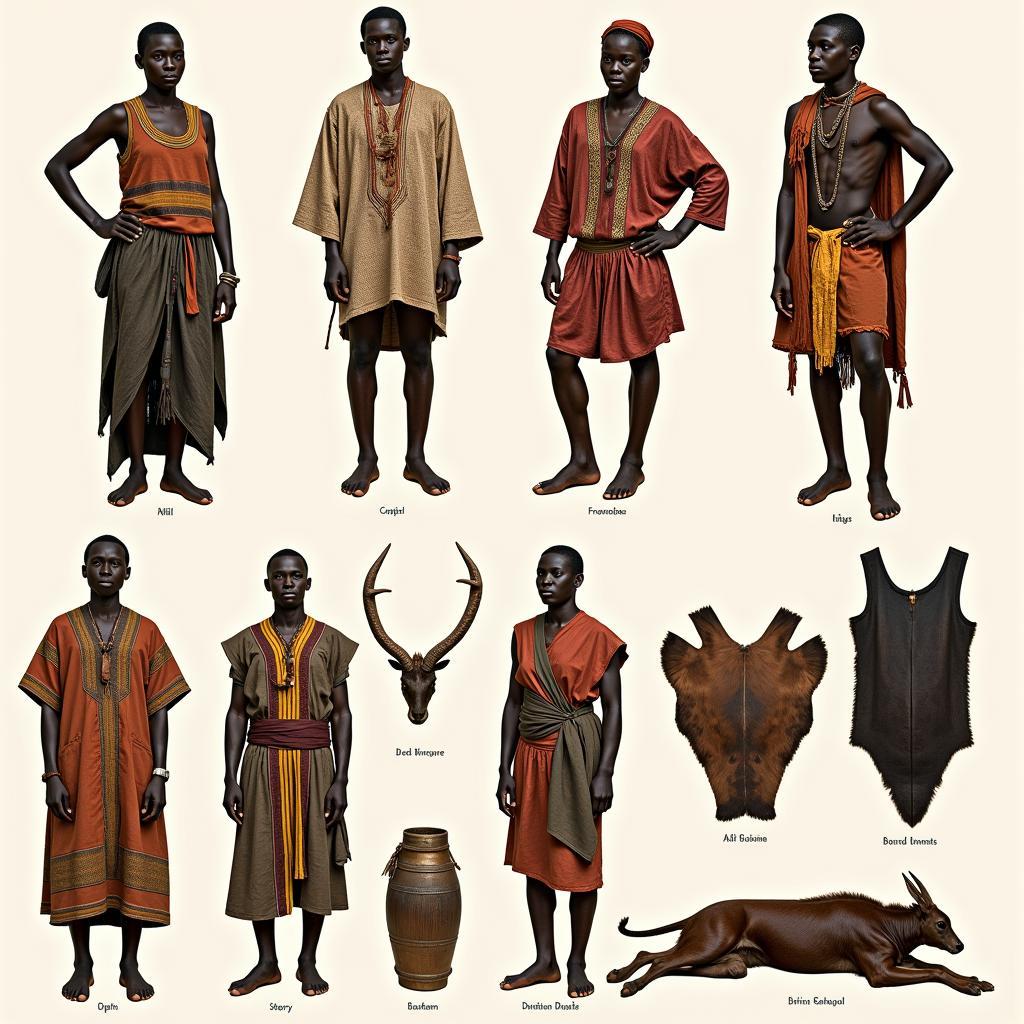African Elephant: Understanding Their Classification
African elephants, icons of the savanna, are a source of wonder and fascination. But have you ever wondered, “African Elephant Under Which Category?” This majestic creature’s classification goes beyond simply saying “elephant.” Understanding their place within the animal kingdom unlocks a deeper appreciation for their biology, behavior, and the crucial need for their conservation.
Delving into the Taxonomy: Where do African Elephants Fit?
Scientists categorize animals based on shared characteristics, a system called taxonomy. Here’s a breakdown of the African elephant’s classification:
- Kingdom: Animalia – This signifies that African elephants are multicellular organisms that obtain nutrition from consuming other organisms.
- Phylum: Chordata – Like humans, elephants belong to the chordates, characterized by having a notochord, a rod-like structure, during some stage of their development.
- Class: Mammalia – As mammals, African elephants share traits like having hair, giving birth to live young, and nurturing their offspring with milk.
- Order: Proboscidea – This order, meaning “trunk-bearers,” is unique to elephants and their extinct relatives, characterized by their trunk, tusks (modified incisor teeth), and large size.
- Family: Elephantidae – This family encompasses all living elephant species, including the African bush elephant and the African forest elephant, as well as the Asian elephant.
Two Species, One Mighty Family: The African Elephant Distinction
Within the Elephantidae family, a significant distinction arises when we talk about African elephants. There are actually two distinct species:
- African Bush Elephant (Loxodonta africana): Larger of the two, inhabiting grasslands and savannas across sub-Saharan Africa.
- African Forest Elephant (Loxodonta cyclotis): Smaller, with straighter tusks and rounded ears, residing in the dense rainforests of Central Africa.
While physically similar, genetic research confirms these are distinct species with unique adaptations to their environments. This distinction is vital for conservation efforts, ensuring the protection of both these magnificent creatures.
Why Categorization Matters: Conservation and Beyond
Understanding that “African elephant” encompasses two distinct species highlights the need for tailored conservation strategies. The threats faced by bush elephants in open savannas differ from those encountered by forest elephants navigating dense rainforests.
“Categorization is more than just scientific labeling,” states Dr. Amina Kombe, a leading wildlife biologist specializing in African elephants. “It allows us to understand the specific needs of each elephant species, ensuring their survival for generations to come.”
By recognizing the African elephant’s precise place within the animal kingdom, we can better grasp their evolutionary journey, appreciate their unique characteristics, and champion their protection amidst growing environmental challenges.



